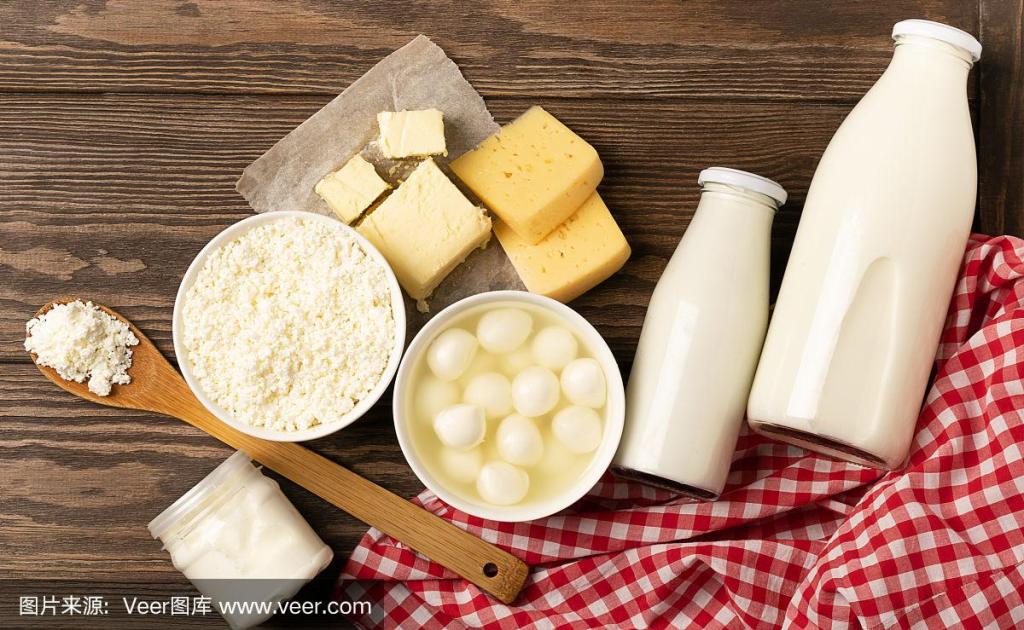
 CONTACT
CONTACT
- Linkman:Linda Yao
- Tel: +8618231198596
- Email:linda.yao@dcpharma.cn
- Linkman:CHARLES.WANG
- Department:Overseas
- Tel: 0086 0311-85537378 0086 0311-85539701
Nisin Buy Online
TIME:2024-07-08
The use of nisin in the food industry mainly involves aspects such as its dosage, dissolution method, and application range.
The amount of nisin added to food depends on factors like food type, raw material quality, production process, shelf-life requirements, and storage conditions. Generally, the dosage ranges for different foods are as follows:
·Prepared meat products, cooked meat products, milk and dairy products (excluding pasteurized milk, sterilized milk, and foods for special dietary uses), and cooked seafood (ready-to-eat): not more than 0.5g/kg (according to GB2760-2014 standards).
·Convenient wet noodle products, rice and noodle sausage products, coarse grain sausage products, and egg products: not more than 0.25g/kg.
·Edible fungi and algae canned products, eight-treasure porridge canned products, soy sauce, sauces and sauce products, compound seasonings, beverages (excluding packaged drinking water): not more than 0.2g/kg.
·Vinegar: not more than 0.15g/kg.
Nisin is a light brown to pale yellowish-white solid powder that needs to be dissolved in water or a dilute acid solution before use. It is generally recommended to prepare about a 5% solution using distilled water or cooled boiled water, then add it to the food and mix thoroughly. To achieve even mixing, a stepwise addition method is suggested.
Nisin is widely used in the food industry, including but not limited to the following areas:
·Meat products: Can significantly extend the shelf life of meat products by inhibiting gram-positive bacteria that cause food spoilage, such as Listeria and Staphylococcus aureus.
·Dairy products: Adding nisin to yogurt, fruit milk, unsweetened condensed milk, etc., can extend shelf life and reduce heat treatment time.
·Canned foods: Can inhibit the growth of heat-resistant bacteria in canned foods, thus prolonging their shelf life.
·Seafood products: Adding nisin to fish, shrimp, and other seafood can significantly extend their freshness and shelf life.
·Beverages: Adding nisin to juices, soy milk, and other beverages can prevent spoilage and extend shelf life.
·Condiments: Adding nisin to products like salad dressings can effectively inhibit the growth of lactic acid bacteria and spores, extending the shelf life.
Nisin should be stored in a cool, ventilated, clean, and dry place, avoiding storage with toxic, harmful, and corrosive substances. During the addition process, the dosage should be strictly controlled to avoid adverse effects from overuse. It is also important to consider the combined effect of nisin with other preservatives to achieve the best preservation results.
The use of nisin in the food industry involves multiple aspects such as dosage, dissolution method, and application range. In practical applications, the best usage method should be determined based on the specific food type and production process.
- Tel:+8618231198596
- Whatsapp:18231198596
- Chat With Skype







